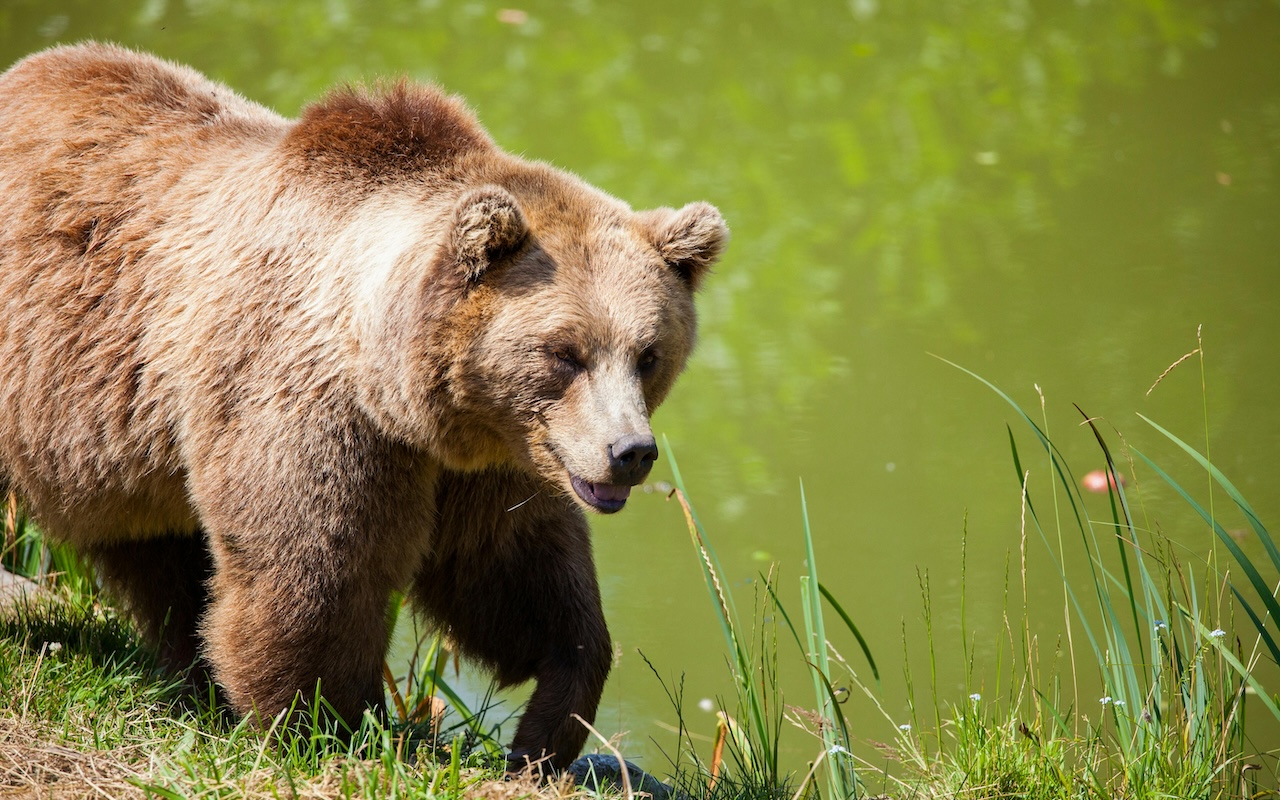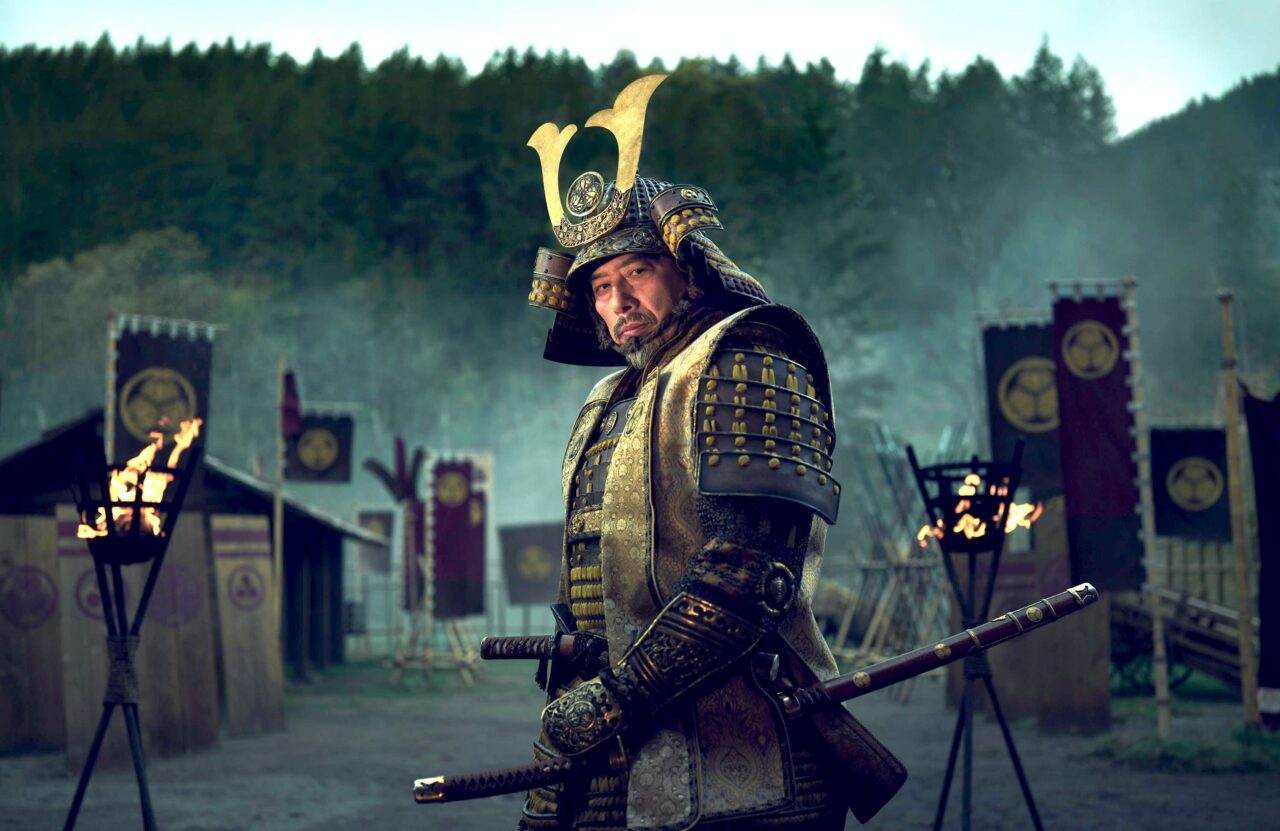In the initial phase of Sweden’s annual bear hunting season, authorities have confirmed the culling of over 150 brown bears, sparking considerable debate among conservation circles. This year’s hunt, which commenced earlier this week, has seen the Swedish government grant 486 permits for the culling of these animals, a figure that represents close to 20% of the country’s brown bear population. This move comes on the heels of last year’s record cull, where 722 bears were killed.
For the first time, in anticipation of protests that have been growing in number, police forces were deployed alongside hunters. This step was taken to ensure that the hunt could proceed without disturbances, reflecting the tensions between wildlife conservation advocates and hunting enthusiasts.
Critics of the hunt have voiced concerns over the methods used, describing them as making the act of killing bears too straightforward, likening it to outright slaughter. This year, to prevent any interference with the hunt, law enforcement has been actively patrolling the hunting areas on foot and employing drones.
The backdrop to this controversy is the significant recovery of the brown bear population in Sweden, from near extinction a century ago to a peak of 3,300 in 2008. However, consistent culling has reduced their numbers to approximately 2,400, a decline of 40% in recent years. Ecologists and conservationists warn that continuing at this pace could threaten the viability of the population, potentially reducing it to the minimum viable number of 1,400 bears as defined by the Swedish government.
The broader impact of Sweden’s wildlife culling practices has also come under scrutiny, with the country having previously conducted large-scale hunts of wolves, lynxes, and bears. Critics argue that these actions not only threaten the local populations but could also have wider implications for the conservation of these species across Scandinavia.
Swedish authorities, however, defend the hunt as part of the country’s cultural heritage, emphasizing the right and tradition of hunting with free-running dogs. They also argue that modern hunting methods, including the use of bait, cameras, and dogs, which were once illegal, make the process less stressful for the animals.
The debate over the cull reflects a larger European conversation about the balance between conservation and traditional hunting rights, with countries like Romania and Germany also engaging in similar discussions about their protected species. This ongoing conflict highlights the challenges of managing wildlife populations in a way that respects both conservation goals and cultural practices.
News Team





